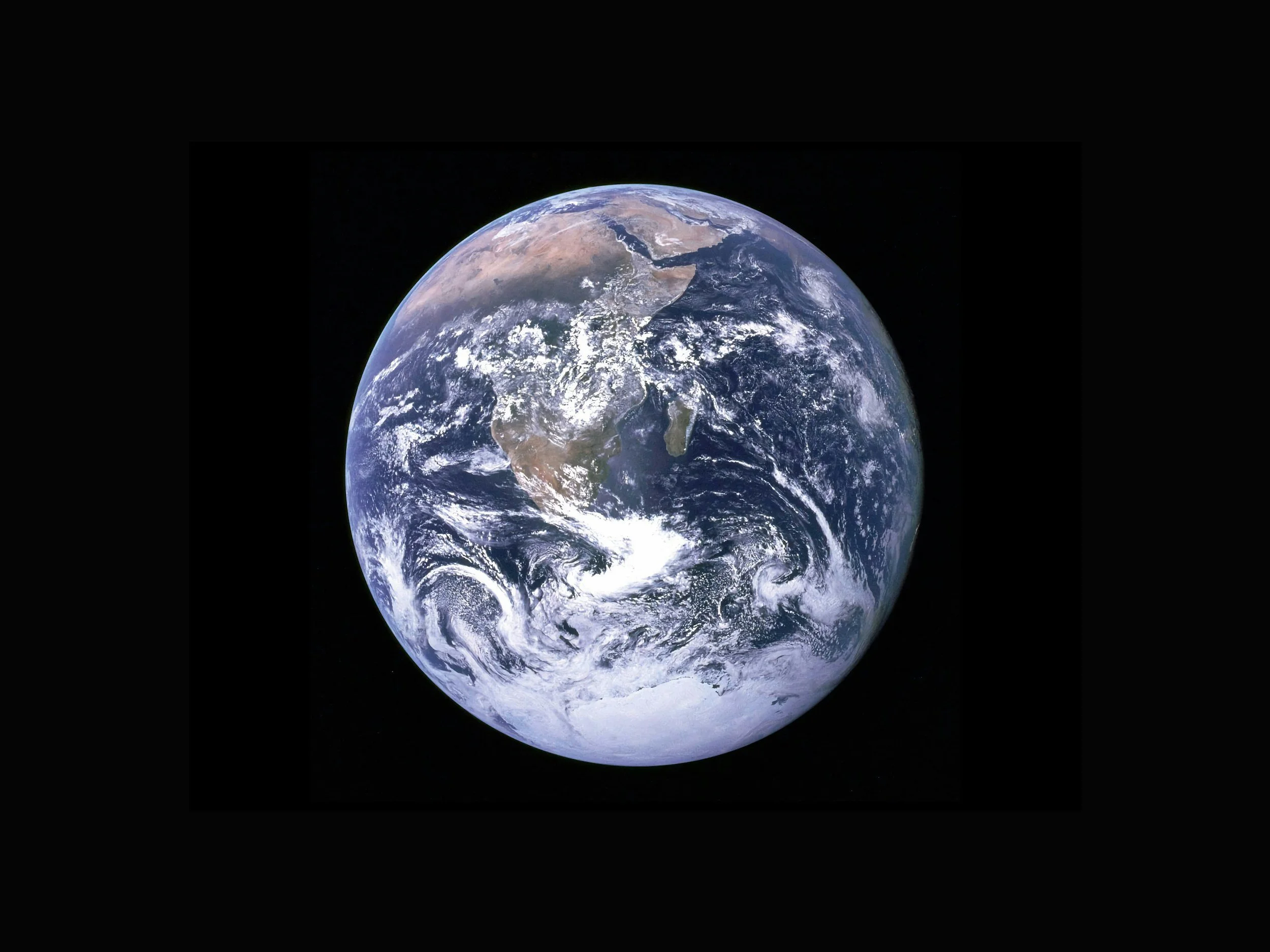The Journal of Biophilic Design is proud to be one of 60+ industry-leading organisations, including UK Green Building Council (UKGBC), RIBA, ASBP - Alliance for Sustainable Building Products, and UK Architects Declare, supporting Futurebuild 2026. These influential bodies and associations play an integral role in the Futurebuild Knowledge Programme, delivering 133 hours of CPD-accredited content over 3 days across two conferences and multiple seminar stages.
Futurebuild is the platform where content is curated by the industry for the industry. Immerse yourself in three days of ideas, inspiration, topical discussions and debates on:
Improving design & safety
Tackling rising costs
Meeting ambitious sustainability goals
Find out more and register free CLICK HERE
How to Grow a House – Royal Institution Lecture June 2025
We talk about living buildings but what if a building could really be “alive”?
I attended a fascinating presentation of research at the Royal Institution, Professor Martyn Dade-Robertson revealed a future where buildings aren't just constructed—they're grown. Imagine foundations that heal themselves, walls that breathe, and roofs that respond to sunlight, all created by microscopic organisms working in harmony.
Robertson's research shows how bacteria can literally strengthen the ground beneath our feet. By introducing specially engineered microbes into soil, these tiny organisms can produce calcium carbonate crystals that bind soil particles together, creating foundations more resilient than traditional concrete methods.
Mycelium, the root network of mushrooms, is continually being celebrated as a revolutionary material for insulation, packaging, alternatives to plastics, but now, in experiments with NASA, Robertson's team have demonstrated how this fungal network could potentially create structures on Mars, growing insulation and structural components in resource-limited environments. A full-scale mycelium structure built in New York completely biodegraded within just four months of being dismantled.
The most fascinating aspect is the materials' ability to self-heal. Mycelium can "biologically weld" itself, fusing broken components back together. Bacterial cellulose can create surfaces that respond to light, changing colour like living skin—imagine walls that tan in sunlight or tiles that darken to provide shade.
These aren't just theoretical concepts. Robertson's team has already explored the waterproof nature of mushrooms. Hydrophobins are proteins which play a crucial role in mycelium's hydrophobicity (waterproofness!). They self-assemble at air-water interfaces, creating a hydrophobic layer on the surface of the mycelium. So the scientists have researched this hydrophobic behaviour and have tested coatings derived from bacterial proteins that can protect materials and make them fire-resistant. One experiment showed a piece of balsa wood treated with their protein coating survived a fire that would have quickly consumed an untreated piece.
READ ON…
Biophilic Design and Plastic Free July
Biophilic Design helps us combat the plastic pollution. The Biophilia hypothesis helps decisions which are better for our planet and us.
Join millions of people reducing their plastic waste.
Plastic Free July™ is a global movement that helps millions of people be part of the solution to plastic pollution – so we can have cleaner streets, oceans, and beautiful communities. If you are implementing Biophilic Design as close as possible as you can to the original principles you will already have taken HUGE steps towards combatting how much plastic is in our environment. So thank you. Please encourage as many other designers as you can to look at the principles of Biophilic Design.
Futurebuild 4 -6 March 2025 London ExCeL
Join Futurebuild from 04 – 06 March 2025 at London’s ExCeL, the most impactful event in sustainable innovation for the built environment. Discover the latest products, solutions, and insights that will help you achieve your sustainability goals and drive meaningful change.
As Futurebuild celebrates its 20th anniversary, the theme for 2025 is Impact—marking two decades of driving positive change in the built environment and the communities we serve. Be part of this milestone event and contribute to shaping a more sustainable future. Register nowfor your free ticket.
Chatham House Climate and Energy Summit 18-19 March 2025
On the road to COP30, join governments and businesses for two days of interactive discussion exploring strategies to secure a resilient future. Two days of high-level panel dialogues, networking sessions and an interactive workshop under the Chatham House Rule will focus on multi-stakeholder collaboration for increased ambition, action and impact.
Join us!
Chatham House Climate and Energy Summit
18-19 March 2025 | In-person and broadcast live
Designing Healthy, Sustainable BIOPHILIC Buildings for the Future
As the climate crisis and mental health challenges collide, the built environment has a crucial role to play in supporting human wellbeing. In a wide-ranging discussion, hosted at Anticipate London, and chaired by Dr Vanessa Champion, founder and editor of the Journal of Biophilic Design, experts from the fields of architecture, sustainability, and design explored how green buildings can nurture both physical and mental health. Watch the discussion with Rob Buckley, Head of Sustainability at QODA Consulting, Astrid Hugo, Senior Sustainability Specialist, at Gensler and Anthony Thistleton-Smith, Co-Founder of Waugh Thistleton Architects.
Earth Day - more reasons why we need Biophilic Designers in every sector…
EARTHDAY.ORG, the global leader in Earth Day advocacy, observed by over one billion people each April 22, is excited to announce the launch of a new campaign inviting business leaders worldwide to champion climate education in schools, colleges, and vocational training programs across the globe.
More reasons why we need Biophilic Designers in every sector….
The inaugural Biophilic Design Conference 2024
London’s iconic Barbican conservatory couldn’t have been more fitting for a conference dedicated to the immense benefits of a world designed with biophilic principles. Visionaries, designers, architects, lawyers, academics, entrepreneurs, advocates and professionals across various walks in life, came together to share their perspectives for one full day in a series of talks.
Biophilic Design Enhancing Wellbeing - Part 2
I really enjoyed this discussion with the lovely Jeffrey Hart, this is Part 2.
In this episode, we explors the fascinating world of biophilic design and its potential impact on sustainable and ethical practices. We delve into the use of clay, earth materials, and mushroom mycelium as tactile and eco-friendly alternatives. The episode also touches upon the challenges of promoting green alternatives in mainstream industries and the potential positive effects of biophilic design on employee ethics and productivity.
Lastly, Vanessa highlights the growing popularity of biophilic design and its numerous benefits, from improved air quality to increased real estate value.
Tune in for an intriguing discussion on incorporating nature into indoor spaces for a more sustainable and enjoyable environment.
Building Sustainability Podcast (Part 2!)
Earth Hour 2024 - Saturday March 23rd at 8.30pm your local time.
Did you know that every year, millions of people turn off their energy use all around the globe for an hour.
“Earth Hour is moment of unity that brings the world together, shines a spotlight on nature loss and the climate crisis, and inspires millions more to act and advocate for urgent change. Each year, we work together to turn a single Earth Hour into thousands and millions of hours of action for our one shared home.”
I’d like to invite you to do the same. Switch off and Give an hour for Earth on Saturday, March 23rd at 8:30 pm your local time. Together, let's create the Biggest Hour for Earth!
How the Construction Industry Can Help Make Biophilic Design More Popularized
A greater global emphasis on sustainability has caused biophilic design to gain mainstream attention, but the construction industry also has a part to play. Here’s how construction professionals can help take biophilic design’s popularity to the next level.
High-Profile Biophilic Projects
The simplest way the construction industry can popularize biophilic design is by exposing it to more people. Most of the population lives in big cities, so these locations are the most practical places to start. Greenifying our urban centres will improve the quality of life and give city dwellers a much-needed dose of nature.
How Biophilic Design creates Sustainable Environments
Connecting to the environment makes people feel more relaxed in their homes and workplaces. Incorporating nature indoors has become increasingly popular after the pandemic, we are seeing more people decorating their homes with plants and natural materials. The Biophilic Design concept can create a unique look and is excellent for the environment.
Here are some ways biophilic design creates a sustainable space.
Space and Nature are a Need, not a Luxury
From Edible bus-stops to pocket parks and Roof gardens on the tops of London Banks, journalist Hartley Milner takes us on a trip around the UK and London highlighting the difference nature has made to spaces, and how clever and heart-felt use of Nature in Design has transformed lives.
Read on for not only some interesting statistics but also there is a compelling interview with the architect of the beautiful and inspiring Maggie’s Cancer Care centre in Southampton.
Farming and Town Centres – the future of shopping and grazing
There were two articles in the FT at the weekend (5/6 December 2020) which caught my eye. One of them was about British farming written by a farmer calling for a bit of sense. With the fall-out that is going to rain down on us from leaving the EU, one of the industries that will feel the pinch will be British farming. For years now farmers have received subsidies and been flooding the land and soils with artificial aids such as fertiliser and chemical sprays in order to stress the land to produce more. …














